Schisandra Berries are a lesser-known fruit predominately grown in cooler climates. They are a great all-round fruit as they can be consumed in a wide variety of ways. These berries also have a wide range of health benefits, both in disease prevention and management.
Schisandra Berries are also known by the name “five flavored fruit” due to the different flavor profile through the whole fruit. Their shells are a sweet flavor, while their flesh is sour. Their seeds are bitter and tart in taste, and in an extract they are salty.
Typically, the berries are not used for normal food consumption and are more often used for medicinal purposes. In parts of Asia and Russia people have been known to use Schisandra for many years to help with a range of health ailments.
What are Schisandra Berries?
Schisandra is a plant, or a vine to be more specific, that produces Schisandra Berries when seeded correctly. They can certainly be very difficult to grow. 1
The plant requires a cooler climate to seed. It also needs to go dormant in autumn and have a cold winter to seed correctly. They then bloom in spring and become ready for harvest in mid-summer when they take on a deep red colour.
Currently, Schisandra Berries are produced mainly in the northern Asian regions, southern Russian regions and some places in North America.
Locals consume the berries as food and medicine, but the berries are also exported in several forms. We’ll touch more on these forms below.
Schisandra is very much in use for medicinal purposes in different parts of the world. It is still a staple in traditional Chinese medicine and is consumed regularly.
How you can use Schisandra Berries?
Schisandra Berries can be consumed or used in several ways:
Berries can be picked straight from the Schisandra plant. While they can be eaten fresh, for most of us, because of where we live and the fact that they don’t grow in our part of the world, we will need to have them delivered to our homes.
As a result, dried berries are the least processed option to get Schisandra Berries to your home if you can’t grow them where you live yourself.
You can brew your tea using either dried or raw berries. Alternatively, you can purchase tea bags for and easy way to enjoy Schisandra tea.
There are also extracts of Schisandra Berries that come in a number of forms
It can be produced and purchased in a tablet/pill form. You will need to check the product for quality however, as some tablets can contain fillers and not be quality ingredients.
There is also a wide variety of tablets which contain a mixture of other healthy supplements along with Schisandra.
The berries can be ground down into a powdered form. It is very easy to mix in Schisandra powder into other foods or beverages for an added nutritional benefit.
Smoothies, soups or even a homemade curry are great examples on how you could mix in the powder. The options are almost endless.
There are also liquid extracts of the berries that you can consume. In a similar style to the powdered form, you simply add this to other ingredients.
In the case of the liquid extract, it is recommended to add it to water. Adding it to a dish you are preparing might not work out as good as you might hope.
Are there benefits to Schisandra Berries?
These berries are known to have a wide range of health benefits, and have been used in traditional medicine for a number of illnesses. From helping to heal yourself by clearing toxins out of your body, to helping with specific illnesses, these benefits can include assisting in a number of areas.
Alzheimer’s disease
Schisandrin B is a mineral found in Schisandra Berries, which has a positive effect on Alzheimer’s disease. A recent study found that Schisandrin B can block formation of peptides in the brain. 2 3
The specific peptide, amyloid beta, is found in excessive amounts in all Alzheimer sufferers. Schisandrin B is also an anti-inflammatory mineral, assisting further to reduce neurotoxicity and the severity of Alzheimer’s disease. 4
Increasing physical health
Schisandra was studied by Russian scientists and shown to provide an increased physical working capacity. There were some quite amazing phyto-adaptogenic and stress-protective effects identified here. It’s well worth a read! If the previous link has failed, it has been backed up here. 5
To sum it up for you, the study showed that Schisandra created a stress-protective effect in animals. This included protection from heat shock, frostbite, immobilisation, irradiation, and heavy metal intoxication to name a few.
Since Schisandra also reduces inflammation it reduces the workload on the physical body. This allows for better recovery and more efficient repair to occur.
Bladderwrack and Sea Moss are fantastic when combined with Schisandra for quicker post-workout recovery.
High blood pressure
Schisandra has been used for centuries in oral form as a relaxant. Studies conducted showed an increase in blood circulation by relaxing cardiac blood vessels. 6
This results in lower blood pressure and ties in with a stress reduction.
Liver disease
Another study showed that the Schisandra Chinensis Pollen Extract (SCPE) had an antioxidant effect on carbon tetrachloride (CCI4) toxins in the liver. 7
Through the higher antioxidant activities and the abundance polyphenols found in SCPE was also proven to be effective against liver damage caused by Non-alcoholic Fatty Liver Disease such as hepatitis. 8
Non-alcoholic Fatty Liver Disease causes inflammation in the liver. This inflammation can be reduced with Schisandrin B as it removes unhealthy fatty acids from the liver. 9
Menopause
A randomised controlled trial completed at the end of 2016 showed that Schisandra can reduce the severity of menopausal symptoms. 10
The trial concluded that Schisandra is effective and safe at reducing menopausal symptoms such as hot flushes, sweating, and heart palpitations.
Asthma
A study from Korea published in 2014 showed that Schisandra Berries exerts anti-asthma properties. The berries do this by inhibiting immunoglobulins. 11
Immunoglobulins are antibodies that incite allergy reactions. The berries also temper hyper-responsiveness by the body. Hyper-responsiveness is what causes airways to spasm and close.
Schisandra’s broader potential
Schisandra also has some more benefits you might not know about. When you take a closer look at the broader potential, there is enough evidence that it can assist with other areas of life, including the following.
Fighting fatigue
A study published in 2009 revealed that Schisandra is a great tool to assist against both physical and mental fatigue. It was shown to be most effective for people who suffer from mild fatigue and weakness. 12
By consuming it you can increase your tolerance to mental exhaustion. All the while you can also enhance your attention and mental endurance in situations of decreased performance.
Improving skin health
Skin has a much easier job at remaining healthy and youthful with the assistance of Schisandra. Skin contracts and retains water much more efficiently with the right support, resulting in healthier and younger-looking skin.
Combining Schisandra with Sea Moss is a great way to give your skin a boost!
Sexual issues
Schisandra works with your sexual organs, regardless of your gender. Schisandra Berries can improve male sexual stamina and increase the healthy production of sexual fluids. It can also assist in treating premature ejaculation, and combat a low sex drive.
Possible side effects from Schisandra Berries
There are only a few circumstances in which Schisandra can become harmful when used that we are aware of.
- Overdose
Consuming too much Schisandra can result in issues such as heartburn or other gastric distress-related symptoms.
- Acidic stomachs
People who suffer from ulcers, hyperchlorhydria, or gastroesophageal reflux are not recommended to consume Schisandra. While Schisandra still can be used, it has the potential to exacerbate these issues. 13 14
- Pregnancy or breast feeding
Schisandra may be harmful during pregnancy or to the babies of breastfeeding mothers. There is insufficient research to identify if consuming Schisandra will result in complications at the time of writing. If you still want to consume Schisandra at this point it is best to discuss with your health care practitioner.
- Allergic reaction
Some people will be allergic to Schisandra. The best solution is to get an allergy test to determine if you have a reaction and how severe the reaction is.
- In combination with other certain medications
As Schisandra is processed by the liver, it can interact with medications also processed by the liver. If you are on medication it is best to check in with your health care practitioner to see if there will be any issues.
How much Schisandra can you consume daily?
While there is no scientifically listed maximum per day we could quote here based on the range of products available, most will come with a label indicating the RDI.
It is advised to follow their recommendation as specific producers should know what has been put into their products.
If you plan on getting fresh berries it would be best to ask the farmer for their recommendation.
Where can I get Schisandra from?
Schisandra can generally be found at your local health food store. It is also quite easy to source in its multiple forms online:
Raw Forms
Extract Forms
Schisandra is quite a low priced product for all the health benefits it can provide the body with. Try some today and don’t forget to check in with your health professional if you think you might be affected by any side effects!
Reference
- “Schisandra chinensis – (Turcz.)Baill.” – T. Bail, Last checked 22 February 2024 [Plants for a Future] [Archive] ↩︎
- “Schizandrin B” – Science Direct Staff, Last checked 22 February 2024 [Science Direct] [Archive] ↩︎
- “The influence of Schisandrin B on a model of Alzheimer’s disease using β-amyloid protein Aβ1-42-mediated damage in SH-SY5Y neuronal cell line and underlying mechanism” – M. Zhang, H. Zheng, Y. Gao, B. Zheng, J. Liu, H. Wang, Z. Yang, Z. Zhao, 11 September 2017 [PubMed] [Archive] ↩︎
- “Schisandrin B Ameliorates ICV-Infused Amyloid β Induced Oxidative Stress and Neuronal Dysfunction through Inhibiting RAGE/NF-κB/MAPK and Up-Regulating HSP/Beclin Expression” – V. Giridharan, R. Thandavarayan, S. Arumugam, M. Mizuno, H. Nawa, K. Suzuki, K. Ko, P. Krishnamurthy, K. Watanabe, T. Konishi, 10 November 2015 [PubMed Central] [Archive] ↩︎
- “Pharmacology of Schisandra chinensis Bail.: An overview of Russian research and uses in medicine” – A. Panossian, W. Georg, Last checked 22 August 2024 [Research Gate] [Archive] ↩︎
- “Antihypertensive effect of gomisin A from Schisandra chinensis on angiotensin II-induced hypertension via preservation of nitric oxide bioavailability” – J. Park, J. Yun, Y. Choi, J. Bae, K. Seo, S. Lee, S. Park, K. Hong, C. Kim, 26 April 2012 [PubMed Central] [Archive] ↩︎
- “Antioxidant and hepatoprotective effects of Schisandra chinensis pollen extract on CCl4-induced acute liver damage in mice” – N. Cheng, N. Ren, H. Gao, X. Lei, J. Zheng, W. Cao, [PubMed] [Archive] ↩︎
- “Impact of SchisandraChinensis Bee Pollen on Nonalcoholic Fatty Liver Disease and Gut Microbiota in HighFat Diet Induced Obese Mice” – N. Cheng, S. Chen, X. Liu, H. Zhao, W. Cao, 6 February 2019 [PubMed Central] [Archive] ↩︎
- “Schisandrin B: A Double-Edged Sword in Nonalcoholic Fatty Liver Disease” – P. Leong, K. Ko, 26 October 2016 [PubMed Central] [Archive] ↩︎
- “A randomized, double-blind, placebo-controlled trial of Schisandra chinensis for menopausal symptoms” – J. Park, K. Kim, 20 October 2016 [PubMed] [Archive] ↩︎
- “Antiasthmatic effects of schizandrae fructus extract in mice with asthma” – H. Kim, Y. Ann, Y. Kim, S. Cho, W. An, Last checked 22 February 2024 [PubMed Central] [Archive] ↩︎
- “Evidence-based efficacy of adaptogens in fatigue, and molecular mechanisms related to their stress-protective activity” – A. Panossian, G. Wikman, 1 September 2009 [PubMed Central] [Archive] ↩︎
- “Hyperchlorhydria (High Stomach Acid)” – ND Health Facts Staff, 29 May 2013, [ND Health Facts] [Archive] ↩︎
- “Gastroesophageal reflux disease (GERD)” – Mayo Clinic Staff, Last checked 22 February 2024 [Mayo Clinic] [Archive] ↩︎
Last Updated on 5 months by D&C Editorial Team
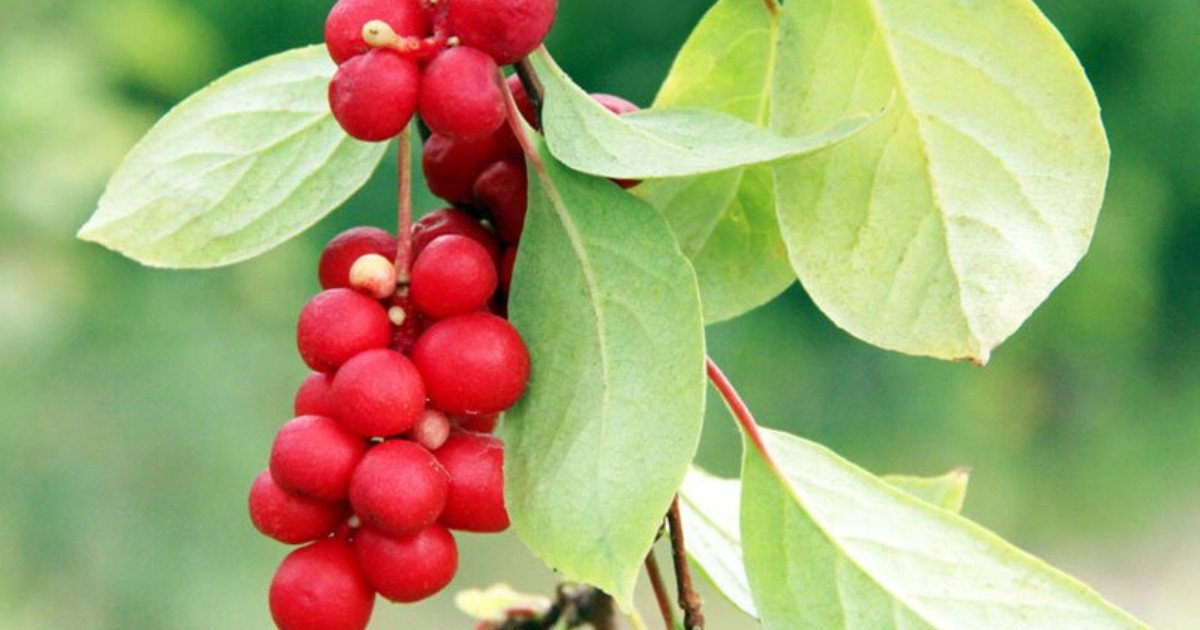
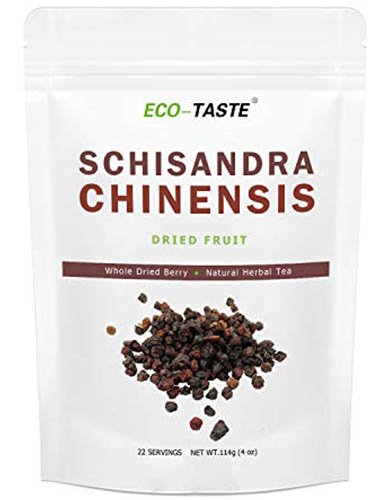
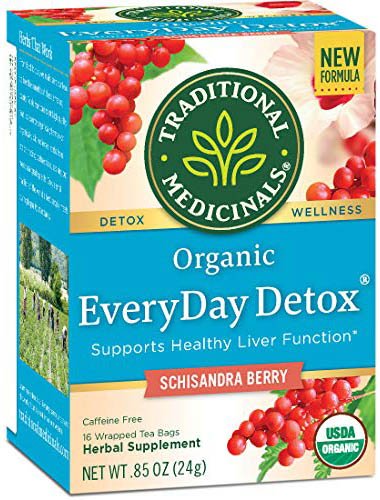
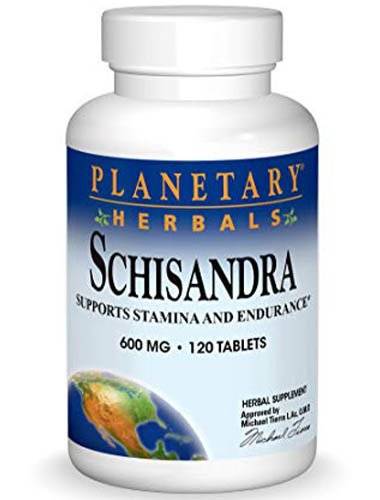
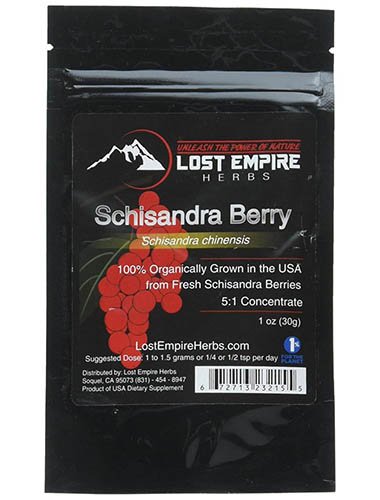
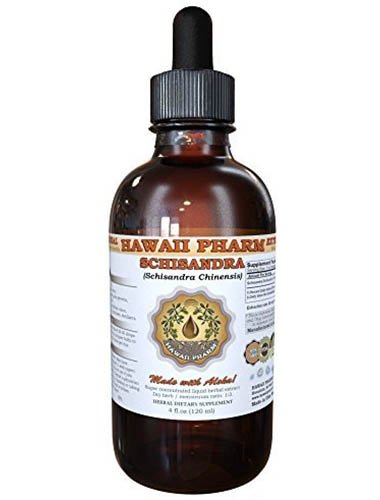


Thanks for sharing this post .
Thank you 🙂